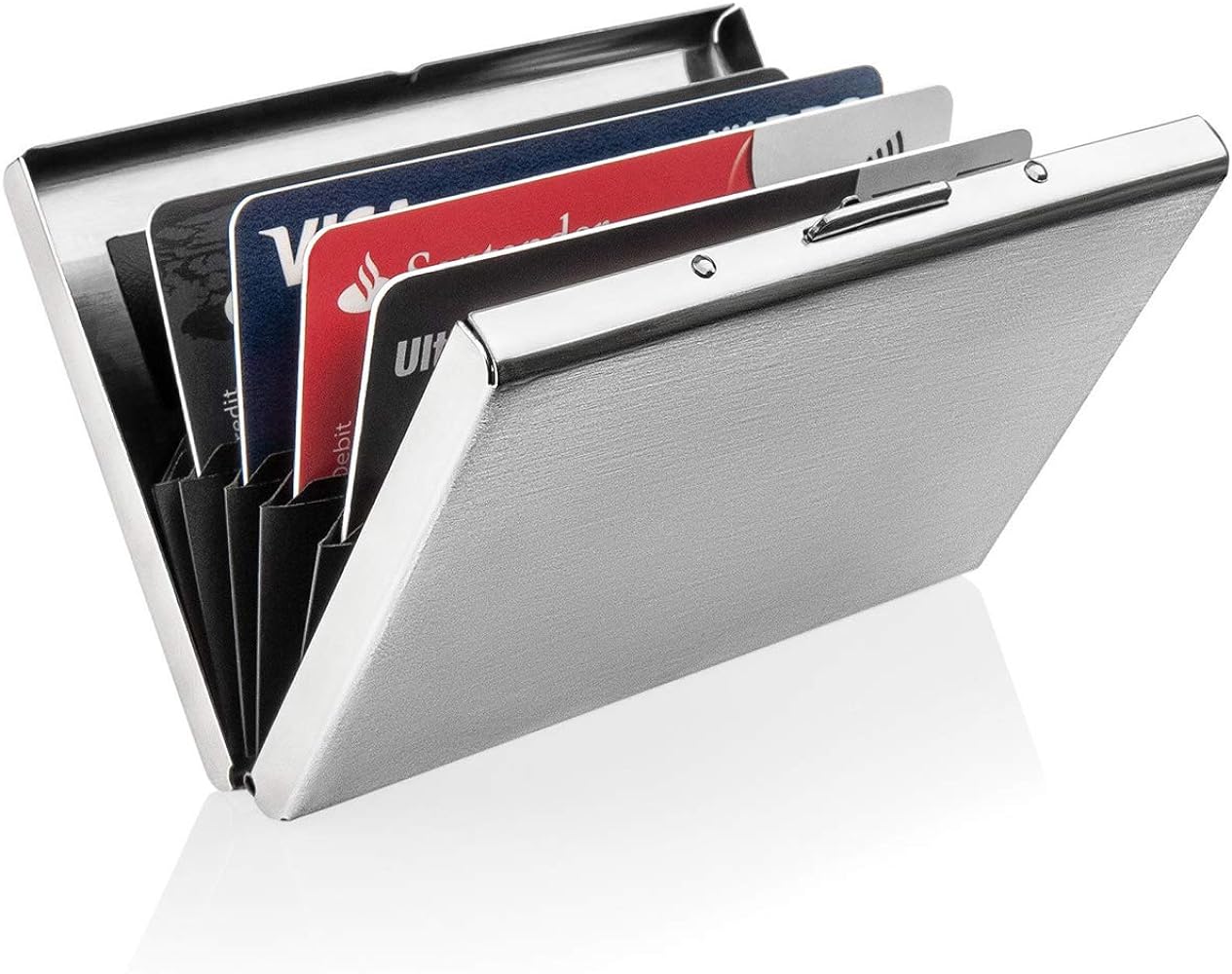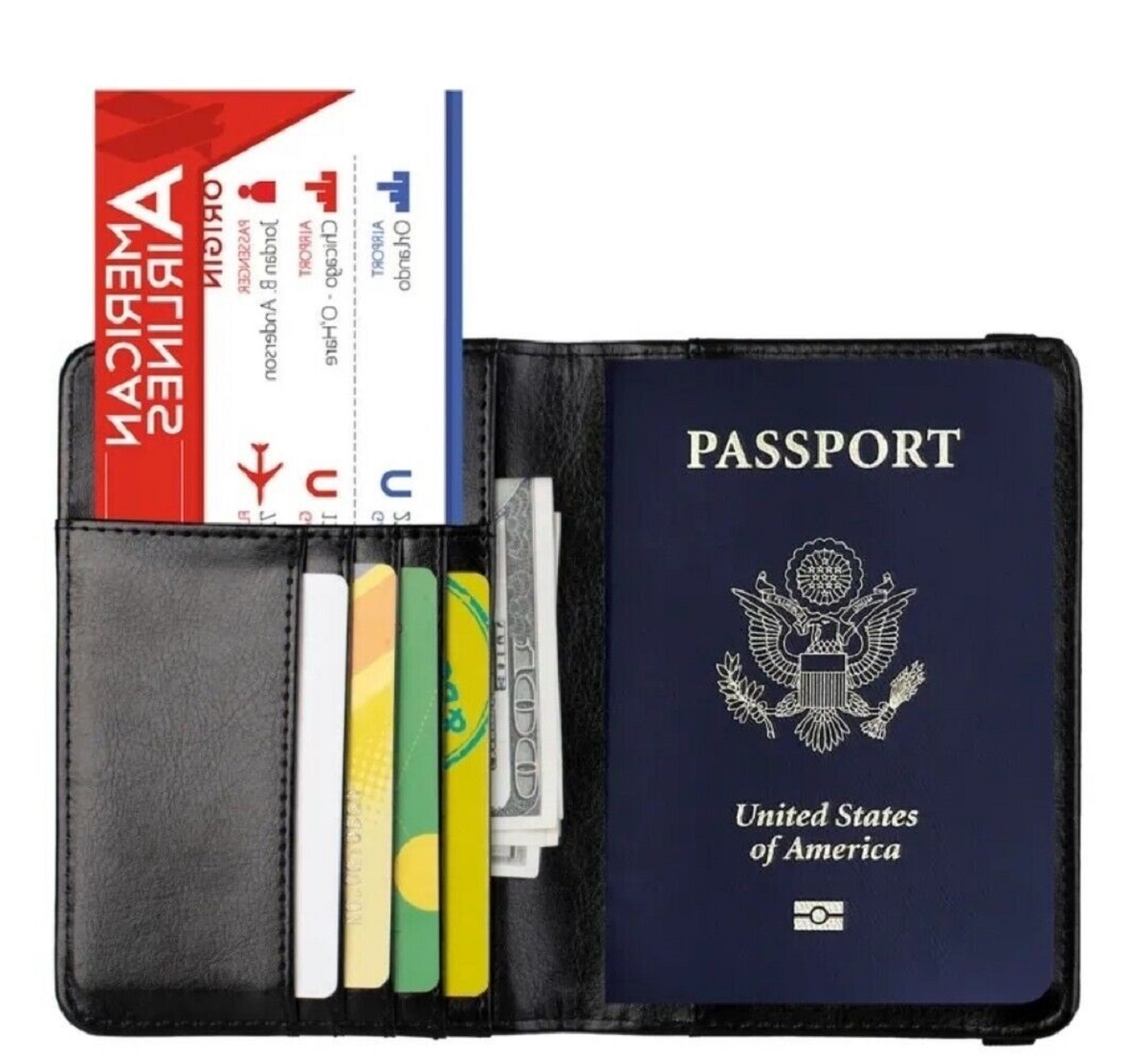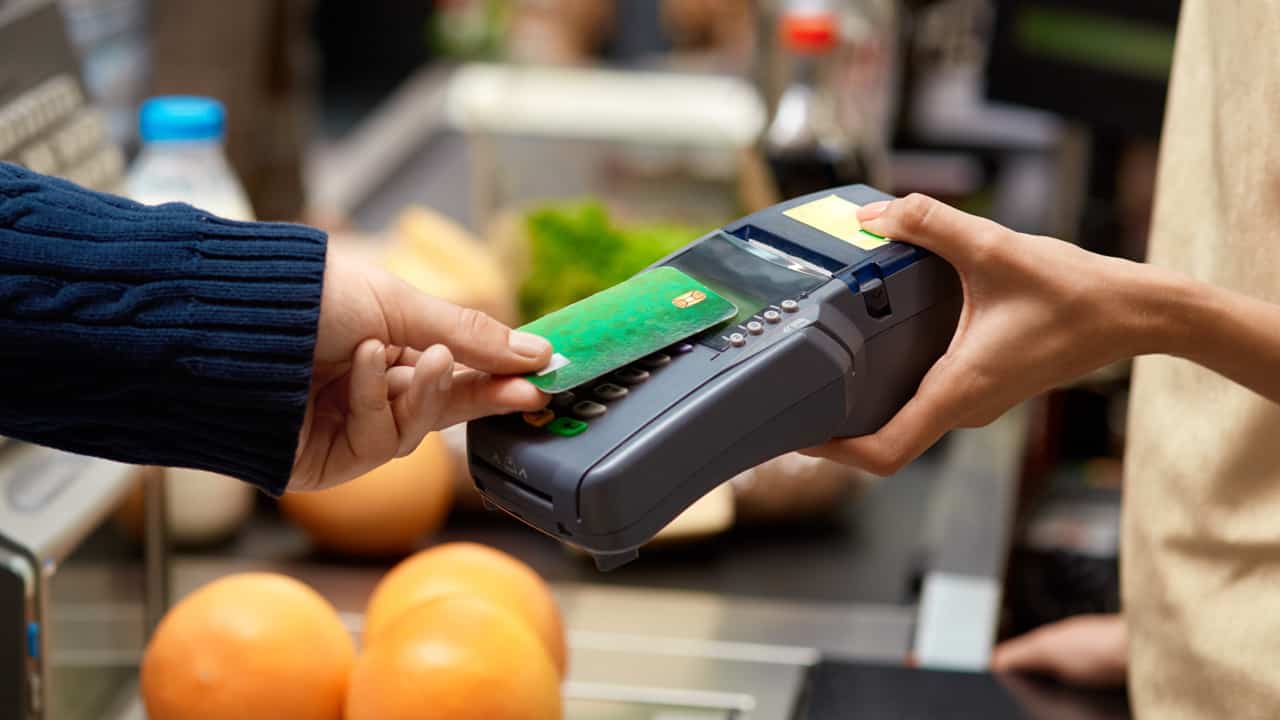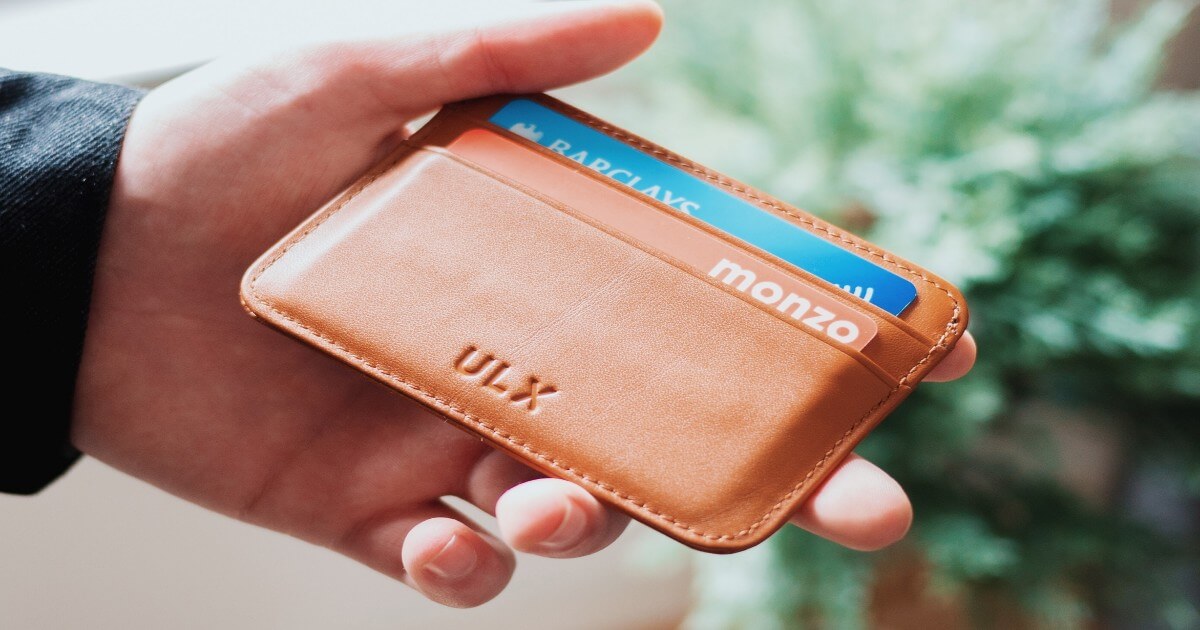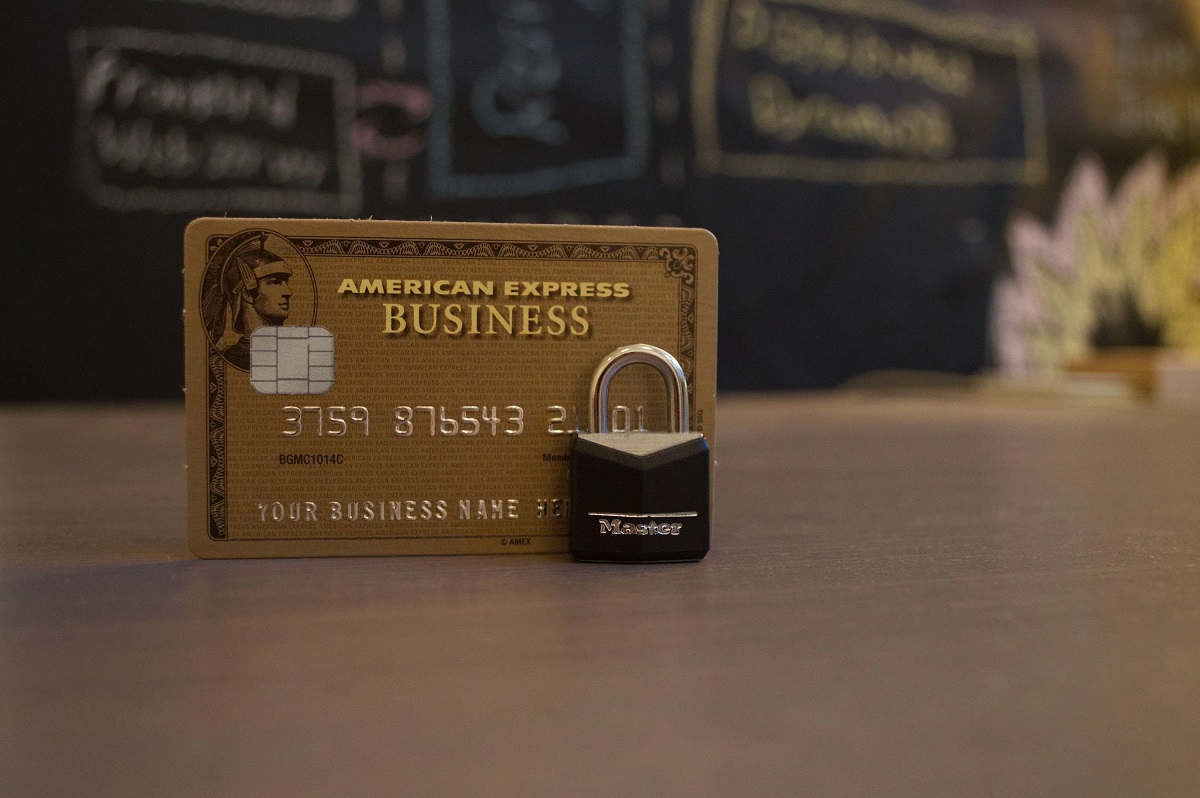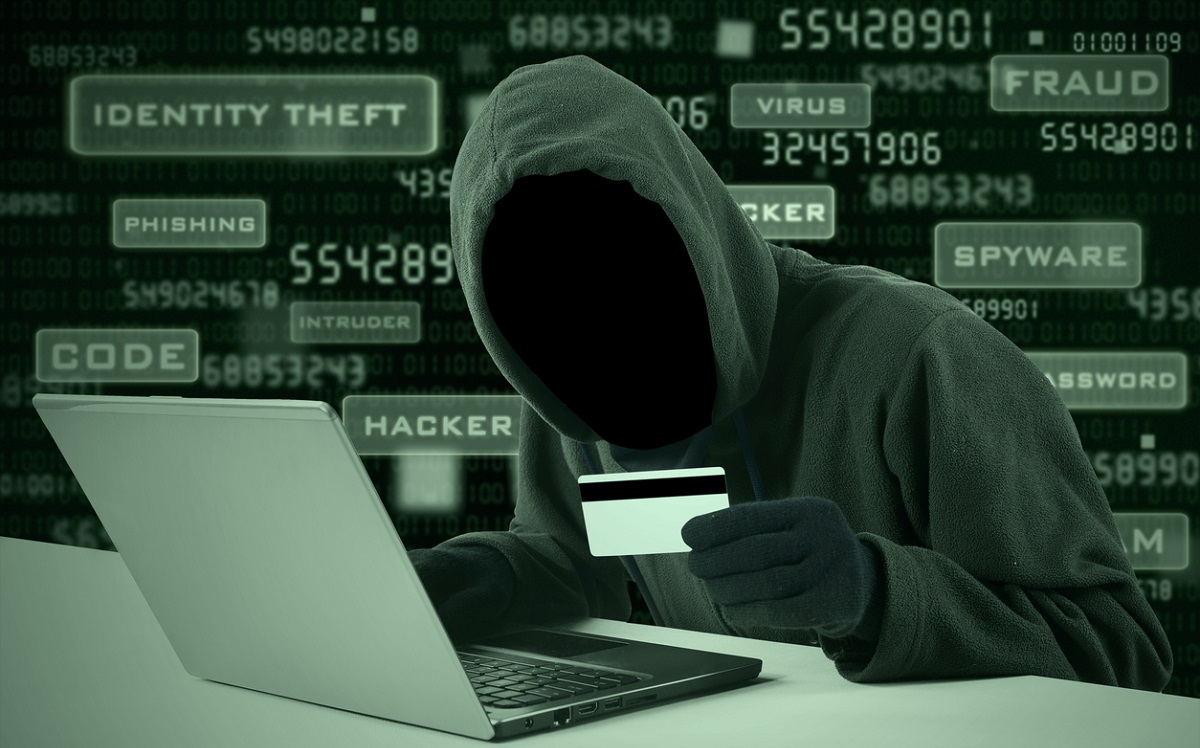Introduction
Welcome to the world of banking, where modern technology has made financial transactions more convenient than ever before. With the rise of card payments and digital banking, we have all become accustomed to the ease and speed of making purchases and accessing our accounts. However, as with any advancement, there are always those who will try to exploit it for their own gain.
One such illicit practice is skimming, a prevalent form of fraud that poses a threat to the security of individuals’ financial information. Skimming involves the unauthorized collection of credit or debit card data by criminals, often leading to unauthorized transactions and identity theft. It is important for all bank customers to be aware of this threat and take necessary precautions to protect themselves.
In this article, we will delve into the world of skimming and provide you with a comprehensive understanding of what it is, how it works, and how you can protect yourself from falling victim to this fraudulent activity.
Definition of Skimming in Banking
Skimming is a deceptive practice in the world of banking where criminals collect credit or debit card information without the cardholder’s knowledge or consent. The term “skimming” is derived from the act of skimming off a thin layer from the surface, symbolizing the way in which criminals covertly obtain data from the magnetic strip or chip embedded on a payment card.
The stolen data is then used to create counterfeit cards or make unauthorized online transactions, potentially leading to financial loss and identity theft for the cardholder. Skimming can occur in various settings, such as ATMs, point-of-sale (POS) terminals, and even unattended payment devices.
Skimming devices used by criminals are designed to be discreet and can be challenging to detect. They are often placed over or inside legitimate card reader slots, blending seamlessly with the appearance of the authentic device. This enables criminals to capture the cardholder’s sensitive information, including the card number, expiration date, and in some cases, the cardholder’s name and PIN (Personal Identification Number).
It is essential to note that skimming is not limited to physical card theft. With advancements in technology, cybercriminals have also developed sophisticated methods to steal card data remotely. This includes hacking into payment systems or using malicious software to infect computers or mobile devices, enabling them to intercept card details during online transactions.
Skimming poses a significant threat to individuals, financial institutions, and the overall banking system. The financial losses incurred by victims of skimming can be substantial, leading to inconvenience, stress, and potential damage to their credit scores. As such, it is crucial to be aware of the various techniques employed by skimmers and to implement proactive measures to safeguard personal financial information.
How Skimming Works
Skimming operates through a variety of techniques and methods, all aimed at stealing cardholder information while remaining undetected. Understanding how skimming works is crucial for individuals to protect themselves against this pervasive form of fraud.
One common method employed by skimmers is the use of counterfeit card readers placed over legitimate card machines, such as ATMs or payment terminals. These devices, commonly known as “skimmers,” are designed to capture the data stored on the magnetic strip or chip of the payment card when it is inserted or swiped. The collected information is then stored or transmitted to the criminal for further unauthorized use.
Another technique utilized by skimmers is the installation of hidden cameras or fake PIN pads to record the cardholder’s PIN. These devices are strategically positioned to capture the PIN as the user enters it, often in conjunction with the use of a skimmer overlay.
Skimmers can also exploit vulnerabilities in online payment systems and mobile payment apps. This can be achieved through the use of malicious software, such as malware or keyloggers, which are designed to capture keystrokes or intercept sensitive data during online transactions.
In addition to physical and digital methods, skimmers may employ the assistance of dishonest employees who copy or record card information while handling transactions. This highlights the importance of maintaining vigilance and ensuring the trustworthiness of the individuals handling our cards.
It is worth mentioning that skimming can occur at any point in the payment process, making it crucial to be cautious whenever using a card. Whether it’s at an ATM, a retail store, or an online platform, individuals should be mindful of their surroundings and regularly inspect card readers for any signs of tampering or suspicious attachments.
Furthermore, it is important to note that skimming is not restricted to physical theft. Cybercriminals can use data breaches and hacking techniques to gain access to databases containing cardholder information. This highlights the importance of staying informed about data breaches and regularly monitoring bank statements for any unauthorized transactions.
By understanding the various techniques employed by skimmers, individuals can adopt proactive measures to minimize the risk of falling victim to this prevalent form of fraud.
Types of Skimming Devices
Skimming devices come in various forms and are continually evolving as criminals adapt to changes in technology and security measures. Being aware of the different types of skimming devices can help individuals identify potential threats and protect themselves from falling victim to this illegal activity.
1. Overlay Skimmers: These devices are designed to fit over the card reader slot of ATMs or payment terminals, blending seamlessly with the machine’s appearance. Overlay skimmers capture the card data as it is inserted or swiped, often undetectable to the untrained eye. These devices may also include a hidden camera or fake PIN pad to record the cardholder’s PIN.
2. Deep Insert Skimmers: Deep insert skimmers are more sophisticated devices that are inserted deep into the card reader, making them harder to detect. These devices are typically undetectable to the naked eye, as they sit inside the machine itself. Deep insert skimmers are capable of capturing both the magnetic strip and transaction data from the chip, providing criminals with a wealth of information.
3. Wireless Skimmers: With advancements in technology, criminals have developed wireless skimmers that can transmit stolen data remotely. These devices use Bluetooth or Wi-Fi connectivity to transmit the captured card information to the criminals without the need for physical retrieval. Wireless skimmers are often attached discreetly to the card reader, making it challenging to detect their presence.
4. ATM Skimmers: ATM skimmers are specifically designed for capturing card data at automated teller machines. These devices are installed over the ATM’s card slot or PIN pad and are often accompanied by hidden cameras or keypad overlays to capture the cardholder’s PIN. ATM skimmers can be challenging to detect, as they are designed to blend in seamlessly with the machine.
5. Point-of-Sale (POS) Skimmers: Point-of-sale terminals at retail stores are also targeted by skimmers. These devices can be installed over or within the legitimate card reader, capturing the card data when the customer makes a payment. POS skimmers can be difficult to notice, as they are placed in busy environments where card transactions are routine.
6. Gas Pump Skimmers: Skimming devices can also be found at gas pumps, where criminals install skimmers over or within the card reader. Gas pump skimmers often blend in with the appearance of the pump, making them challenging to detect. These devices can store card information or transmit it wirelessly, just like other types of skimming devices.
It is important to note that skimming devices are constantly evolving, as skimmers adapt to new security measures and technologies. Individuals must stay vigilant and regularly inspect card readers for signs of tampering or suspicious attachments. If any abnormalities are noticed, it is best to report it to the respective authorities or the business owner immediately.
Warning Signs of Skimming
Being aware of the warning signs of skimming can help individuals identify potential threats and take necessary precautions to protect themselves from falling victim to this form of fraud. While skimming devices are becoming increasingly sophisticated, there are still observable indicators that can raise suspicion and prompt further investigation.
1. Loose or Misaligned Card Reader: Pay attention to the card reader slot at ATMs or payment terminals. If it appears loose, misaligned, or easily removable, it could be a sign that a skimming device has been attached over the original reader.
2. Unusual Appearance: Take note of any changes in the appearance of card readers or PIN pads since your last visit. Look for additional attachments or modifications that are not typically present on legitimate machines.
3. Keyboard Difficulties: If you notice that the keys appear unusually sticky, loose, or difficult to press on a PIN pad, it may indicate the presence of a fake keypad overlay that skimmers use to record your PIN.
4. Hidden Cameras or Mirrors: Criminals often install hidden cameras near ATMs or payment terminals to capture the keystrokes or PIN entry of unsuspecting individuals. Be cautious if you see any suspicious objects or mirrors that seem out of place.
5. Unusual Delays or Error Messages: If you experience unusually long delays or encounter error messages after inserting your card, it could indicate that a skimming device is malfunctioning or interfering with the normal functioning of the machine.
6. Unfamiliar or Unauthorized Transactions: Regularly review your bank statements and transaction history for any unauthorized or unfamiliar transactions. In some cases, skimmers may clone cards and use them for fraudulent purchases or cash withdrawals.
7. Suspicious Individuals nearby: Be alert to individuals who seem overly interested in your transaction or who are loitering near the ATM or payment terminal. Skimmers often work in teams, with one individual distracting you while the other installs or retrieves the skimming device.
8. Unusual Bluetooth or Wi-Fi Signals: If your smartphone or device detects unexpected Bluetooth or Wi-Fi signals when in close proximity to a card reader, it could indicate the presence of a wireless skimming device. Avoid connecting to unknown networks or devices.
9. Inconsistencies with the Machine Branding: Pay attention to the branding and logos on ATMs or payment terminals. If they appear faded, altered, or inconsistent with the brand’s standard design, it could be a sign that the machine has been tampered with.
It is important to trust your instincts and be vigilant when conducting any card transactions. If you encounter any of these warning signs, it is best to refrain from using the machine and report your suspicions to the respective authorities or the business owner immediately.
Protecting Yourself Against Skimming
While skimming remains a prevalent form of fraud, there are proactive measures individuals can take to protect themselves against this deceptive practice. By practicing good habits and staying vigilant, you can significantly reduce the risk of falling victim to skimming attempts. Here are some effective strategies for protecting yourself against skimming:
1. Inspect Card Readers: Before using an ATM or payment terminal, take a moment to thoroughly inspect the card reader. Look for any signs of tampering, loose parts, or unusual attachments. If something seems suspicious, do not use the machine and report it to the respective authorities or the business owner.
2. Protect Your PIN: When entering your PIN, always shield the keypad with your other hand or body to prevent hidden cameras or observers from capturing your keystrokes. Be cautious of anyone standing too close or appearing overly interested in your transaction.
3. Use Secure and Trusted Devices: Whenever possible, use ATMs or payment terminals at reputable and well-established establishments. These businesses often have stricter security measures in place to mitigate the risk of skimming.
4. Stay Updated on Data Breaches: Keep yourself informed about recent data breaches and compromised payment systems. Stay vigilant and monitor your bank statements regularly for any unauthorized transactions. If you suspect any fraudulent activity, report it to your bank immediately.
5. Cover Your Card: When inserting your card into a reader, cover it with your hand or another object to prevent potential skimming devices from capturing your card information. This simple act can provide an additional layer of protection.
6. Be Wary of Unusual Devices or Interfaces: If you come across unfamiliar or outdated card readers, be cautious. Skimmers may install their own devices that may look legitimate but have subtle differences. Trust your instincts and find a different machine to use.
7. Monitor Accounts and Set Alerts: Regularly monitor your bank accounts and set up transaction alerts or notifications. This way, you can be promptly informed of any suspicious activities and take immediate action to protect your funds.
8. Keep Card Company Contact Information Handy: In the event that you suspect skimming or unauthorized activity, keep the contact information for your card issuer readily available. Having their contact details readily accessible will allow you to report the incident and minimize any potential damage quickly.
Remember, prevention is key when it comes to skimming. By incorporating these protective measures into your routine, you can significantly reduce the risk of falling victim to skimming attempts and safeguard your financial information.
What to Do If You Suspect Skimming
Discovering that you may be a victim of skimming can be a distressing experience. However, it is important to act swiftly and decisively to minimize any potential damage to your finances and personal information. If you suspect skimming, here are the essential steps you should take:
1. Immediately Contact Your Bank or Card Issuer: Notify your bank or card issuer as soon as possible to report the suspected skimming incident. They can monitor your account for any unauthorized transactions and guide you through the necessary steps to protect your funds.
2. Change Your PIN and Passwords: To prevent any further misuse, change your PIN for the affected card and any other accounts that may have been compromised. Additionally, update your passwords for online banking, email, and other sensitive accounts to ensure maximum security.
3. Request a New Card: Ask your bank or card issuer to cancel the compromised card and issue a new one. By doing so, you can prevent any further unauthorized transactions on your account.
4. Monitor Your Accounts: Stay vigilant and closely monitor your financial accounts for any suspicious activity. Regularly review your bank statements, credit card statements, and online transaction history. If you notice any unauthorized transactions, report them immediately to your bank.
5. File a Police Report: Contact your local law enforcement agency and file an official report about the suspected skimming incident. Provide them with all relevant details and any evidence, such as photographs or video footage, that can assist in their investigation.
6. Report the Incident to the Appropriate Authorities: In addition to filing a police report, report the incident to the appropriate regulatory authorities or organizations responsible for combating financial fraud. This may include your country’s financial regulatory agency or consumer protection agency.
7. Review Your Credit Report: Obtain a copy of your credit report from the major credit reporting bureaus. Examine the report carefully for any unauthorized accounts, inquiries, or other suspicious information. If you identify any issues, report them to the respective credit bureau immediately.
8. Educate Yourself and Raise Awareness: Take this opportunity to educate yourself about skimming and share your experience with family, friends, and colleagues. By raising awareness, you can help others protect themselves from falling victim to similar fraudulent activities.
Remember, timely action is crucial when you suspect skimming. By taking these steps promptly, you can minimize the impact on your finances and reduce the risk of further unauthorized activity.
Conclusion
Skimming is a prevalent and ever-evolving form of fraud that poses a significant threat to individuals and their financial information. Understanding skimming, its various techniques, and how to protect yourself against it is crucial in today’s digital age.
By being aware of the warning signs of skimming, such as loose card readers, hidden cameras, or unfamiliar devices, individuals can identify potential threats and take necessary precautions. Regularly inspecting card readers, covering your PIN entry, and using secure and trusted devices can significantly reduce the risk of falling victim to skimming attempts.
In the event that you suspect skimming, it is vital to act promptly. Contact your bank or card issuer immediately to report the incident and take necessary steps to secure your accounts. Changing your PIN, requesting a new card, monitoring your accounts for unauthorized transactions, and reporting the incident to the police and relevant authorities are essential actions to protect yourself.
Staying informed about data breaches, regularly monitoring your financial accounts, and educating yourself about skimming can further enhance your defense against this deceptive practice. By raising awareness and sharing your experiences, you can help others protect themselves from becoming victims of skimming.
Remember, while skimming poses a significant threat, proactive measures and a vigilant mindset can go a long way in safeguarding your financial well-being. By being proactive and taking necessary precautions, you can minimize the risk of falling victim to skimming and ensure the security of your financial information in an increasingly complex digital world.









